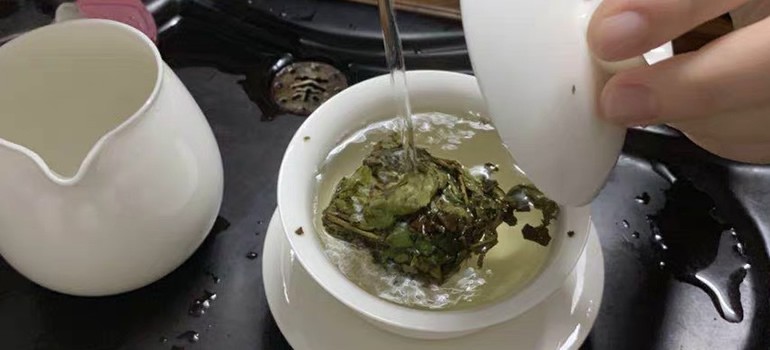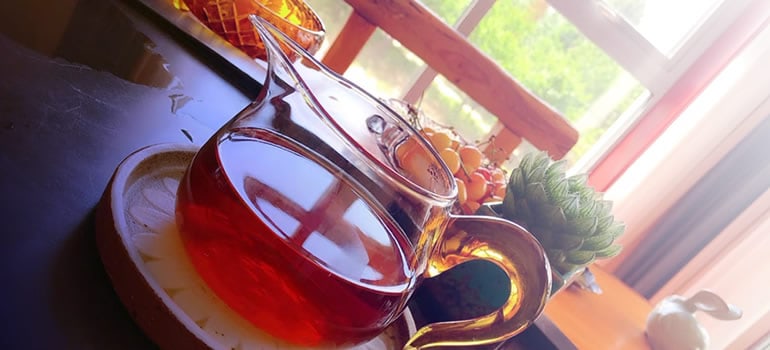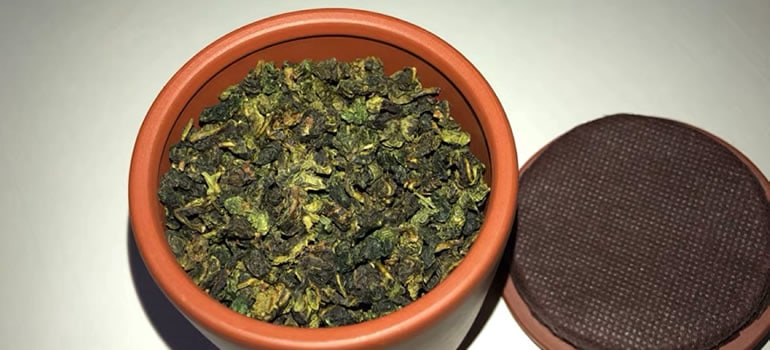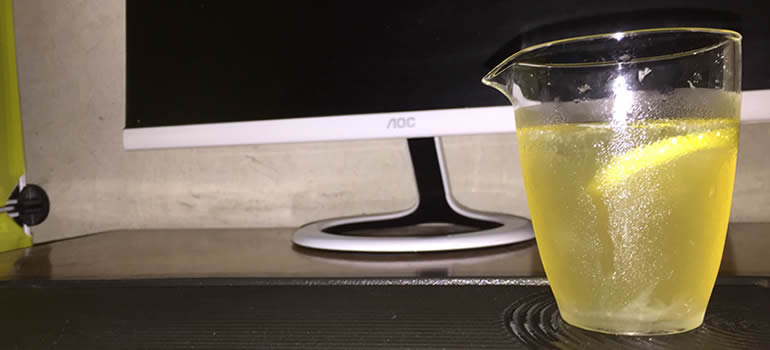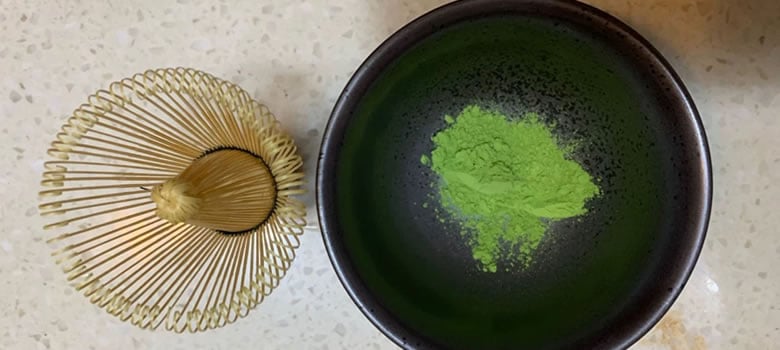
More people are having the same confusion about Matcha and Green Tea. Some people say that matcha and green tea are the same, and some say otherwise. We’ve made the best research to finally debunk the truth and the misconceptions about green tea and matcha. We have an in-depth analysis of this topic! Check all of this information on our today’s post!
The quick answer is that matcha and green tea are different -in form. But these two types of tea could trace their origin from the same plant.
- Both matcha and green tea came from the same plant called the “Camellia Sinensis.” This plant is a species of the evergreen shrub.
- Matcha comes into a powdered form of the plant, while green tea usually come in a form of tea bag.
- Green tea makes use of the dried leaves of the Camelia Sinensis plant, while matcha makes use of the leaves plus the whole bushes.
For sure, you are now getting the whole difference and likeliness of the two. To sum it up, these tea types came from the same plant, but are processed differently. The different processes that these tea types have undergone make the difference in their form, taste, and ways of preparation!
For sure that is a whole lot of information! We know that! Read further as we are ready to elaborate further about this confusion that most tea fanatics are having on their minds!
What is Matcha?
Matcha is a type of tea that has the most unique characteristics. Though it comes from the usual Camellia Sinensis plant, the thing that makes it unique is the way on how it is made. Matcha is grown differently. We can trace the location origin of Matcha in Japan. The focus of the matcha production falls into chlorophyll production in the shrub. The traditional Japanese way of doing the matcha starts from the shrubs or the plants.
The bush of the Camelia Sinensis plant is shaded from the sun’s direct rays for the final 20-30 days before harvest. This process is believed to increase the chlorophyll of the plant by restricting natural photosynthesis. By restricting the photosynthesis, the farmers are also able to maximize and increase the L-theanine which adds to the unique vegetal flavor of the tea. When the L-theanine is increased, it reverses the effect of caffeine. Instead of keeping the physical body active, it relaxes the body while maintaining the alertness of the mind and brain functions.
Matcha is processed by grinding and pulverizing the bush and the leaves of the plant. It comes in a green powder that is perfectly ready for mixing with water or your tea dissolver choice. The pulverization lets the consumer yield the maximum caffeine and antioxidants as compared with the green tea! A single teaspoon of matcha contains about 35 mg of caffeine.
How to prepare the Matcha tea
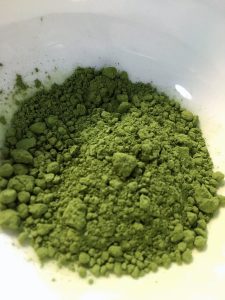
They say that following the traditional Japanese way of matcha will give you an excellent drink. Basically it starts by whisking the matcha powder into hot water which is then consumed completely! They use special tools in Japan to properly prepare the matcha. They use a bamboo scoop called the chashaku to scoop and measure the powder. This measurement is equivalent to one teaspoon. A wooden bowl called chawan is used wherein the powder is whisked with hot water until a smooth frothy layer is created on top.
There are several ways to prepare matcha:
- Regular Mix: 1 teaspoon of matcha powder whisked on 2 ounces of hot water. This type of matcha mix is the most common way as it has a balanced thickness of the matcha tea.
- Thin or Usucha: 1/2 teaspoon of matcha powder whisked on 3 ounces of hot water. This is the thin type of matcha mix. It is commonly loose and light.
- Thick or Koicha: 2 teaspoons of matcha powder whisked on an ounce of hot water. This one has the thickest consistency among the three mixes. This type of matcha mix is usually consumed during traditional Japanese tea ceremonies.
As the days go by, modernization brought a lot of changes with the way how we consume and prepare matcha. Some like it hot, and some want it iced. They even add some additional flavors such as milk, honey, and many others! If you are feeling extra, you can be more creative in having some infusions and additional flavors of your choice.
What is Green tea?
Green tea is another type of tea that is derived from the evergreen bush family, specifically the Camellia Sinensis plant. Green tea’s harvesting and preparation process are simpler as compared to matcha. The green tea leaves undergo heating or pan firing right after the harvest. Some green tea manufacturers also use the steaming method to process the harvested leaves. After this first process, it is then sun-dried to prevent further oxidation process that will turn the green leaves into brown and alter the freshly picked leaves’ flavor.
Unlike matcha, the green tea leaves are directly exposed to the sun. It also comes into tiny cuts and is sold either loose or packed in a tea bag. With the different origins of the green tea, the varieties also have different unique characteristics.
It is also less oxidized than black tea. It has a more delicate flavor and has a fresher taste.
Japanese Green Tea
In Japan, they use the steaming method as an initial process for the freshly harvested tea leaves. This leaves a sweet, vegetal or seaweed-like flavor. Some of the most popular green tea varieties in Japan are Sencha, Hojicha, Genmaicha, and gyokoro.
Chinese Green Tea
On the other hand, Chinese green teas are pan-fired for its initial process after the harvest. They use a basket or pan to heat up the leaves in fire to minimize or stop the oxidation process. The usual flavor of pan-fired Chinese green tea may vary from grassy, earthy, and even roasted flavors. Most popular Chinese green tea types are dragonwell, and gunpowder.
Green tea is also known for its low caffeine content compared to other tea types like black tea. A single serving of 8 ounces of green tea has 24-40 mg of caffeine. This is equivalent to half of the caffeine content of coffee and black tea.
Green tea is best consumed within 6 months up to a year from purchase. Proper storage should also be done to lock in the freshness of the green tea.
How to prepare Green Tea
Since we have mentioned earlier that green tea may vary depending on the country of origin, there is a general way on how to prepare it. One of the most common and best practice is by:
- Using fresh filtered water which is then boiled at around 160 to 180 degrees Celcius in temperature.
- Use the hot water to brew the tea leaves in short infusions of up 3 minutes maximum.
- The best measurement will be grams of tea leaves for 8ounces cup of warm water.
- Adding milk or sugar in your tea is okay. It is your decision. But we strongly suggest that keeping your drink light and free from additional calories will help you yield the best flavors that the tea naturally has.
Benefits of Green Tea and Matcha
Basically, matcha and green tea have the same benefits for our bodies. Here are some!
- It helps you lose weight. Studies have shown that green tea and matcha increase metabolic rates which are good for aiding weight loss.
- May reduce the risk of heart diseases. These tea types may help improve LDL cholesterol and blood sugar levels.
- It helps you relax and recenter focus. With the power of caffeine, the mind will be recentered with focus. They both contain potent amino acids and critical agents in keeping the body relaxed while keeping the mind active.
Now that you have learned the differences and similarities of green tea and matcha, it is now your chance to pick which one will suit your taste best. Both matcha and green tea are great! No matter what your choice will be, it is always helpful to consume tea in moderation. We suggest taking 1 to 2 cups of tea in a day!

